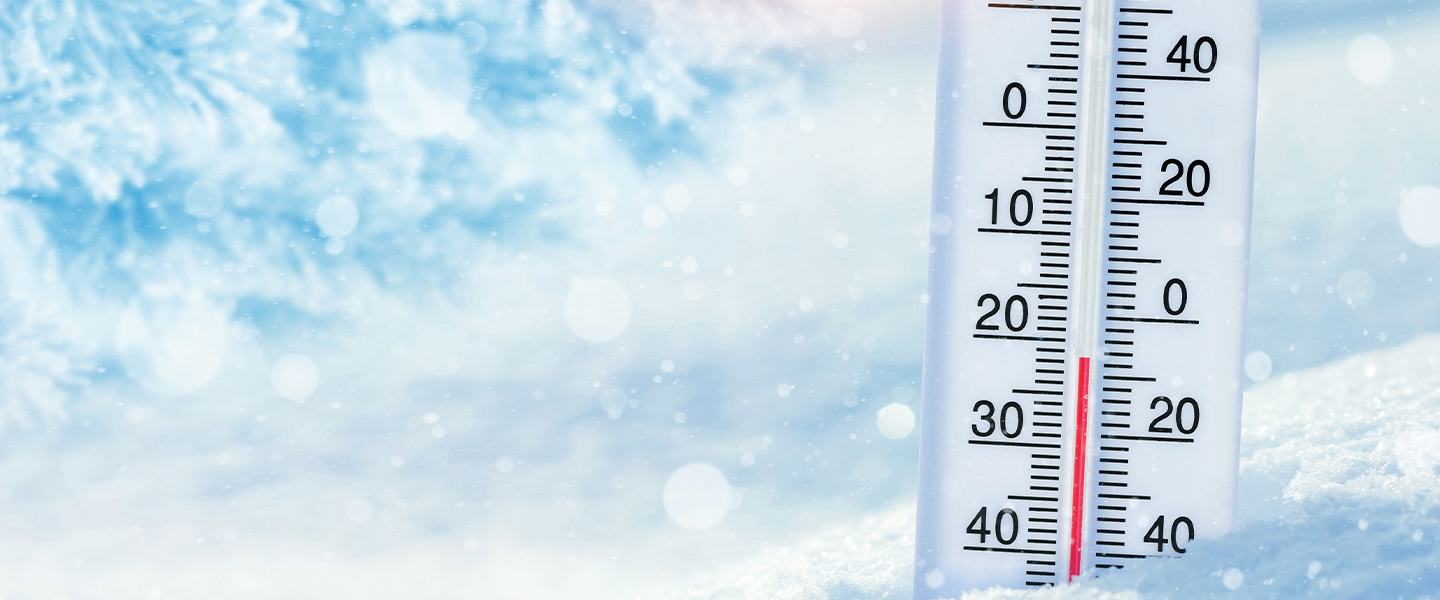Extreme cold puts a strain on your home's outdoor airtightness, piping, outdoor gas and water pipes. The temperature then drops below seasonal norms (-20°C and below) for several days, and often combines with wind chill.
Tips to better conserve the heat of your home
- Seal and caulk any exterior openings that may allow hot air to escape: windows, doors, attic and other openings (electrical outlets, vents, etc.).
- Seal all cracks and inlets to water and electrical pipes that could expose interior piping to cold air.
- Run water through all water pipes regularly. Prevent water pipes from freezing by installing an insulating sheath on exposed pipes near exterior walls.
- Examine the edges of the roof to see if ice barriers form there.
When redoing your roof
- Remember to install moisture, snow and ice waterproofing membrane that will prevent heat loss and the formation of ice barriers. For greater efficiency, consider applying two layers glued to one on top of the other.
- Inspect the inside of the attic and seal any openings that let warm air from the house enter it. Also check that there is no space between the fibre glass insulation.
- De-ice sidewalks, stairs and house entrances.
- In the event of a power outage, it could be useful to have access to a backup power source such as a generator for example.

In case of prolonged absence in winter

- Set your thermostats to at least 12°C and above.
- Drain all your pipes before leaving and add antifreeze to them. Power outages, common in periods of extreme cold, are the cause of freezing and breaking pipes.
- Ask someone to check your home at least every other day to make sure it's not too cold.
For more tips, visit the Institute for Catastrophic Loss Reduction and Natural Resources Canada's Keeping the Heat In websites.

Other topics that may interest you:
























